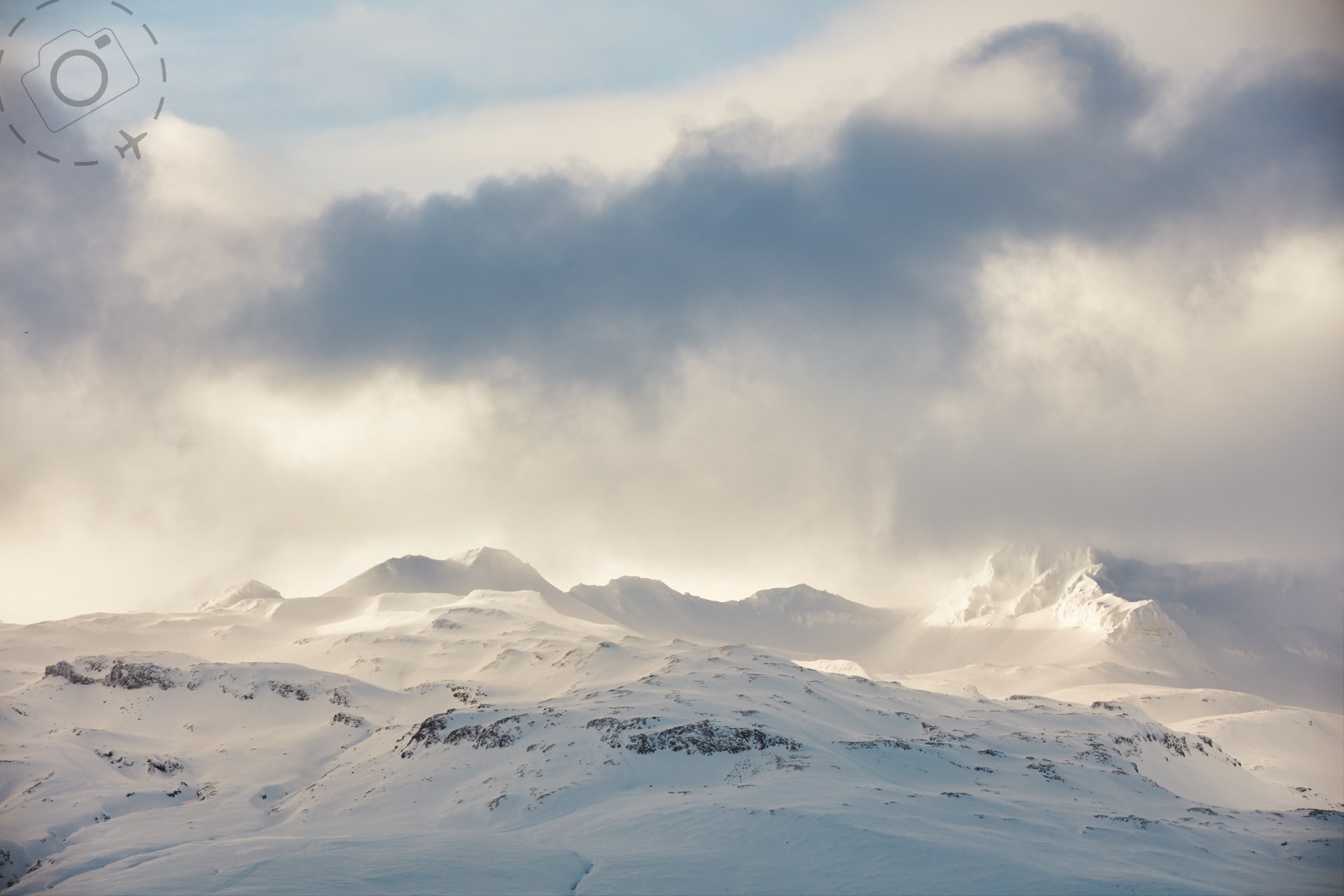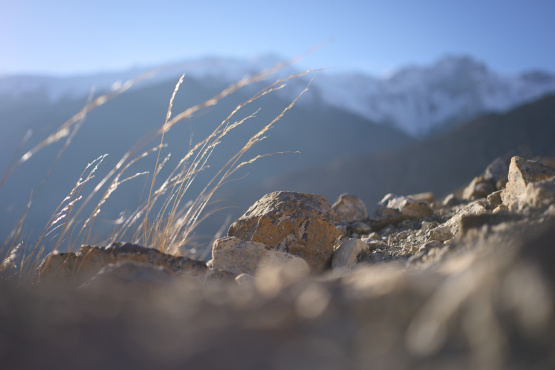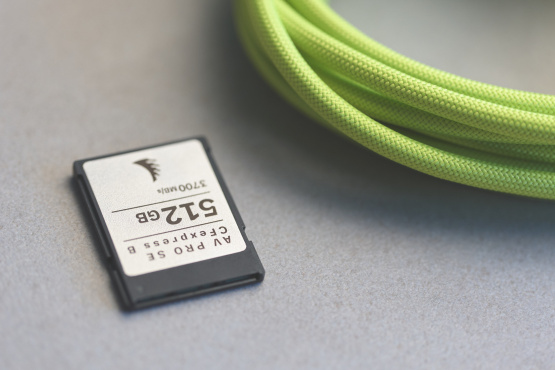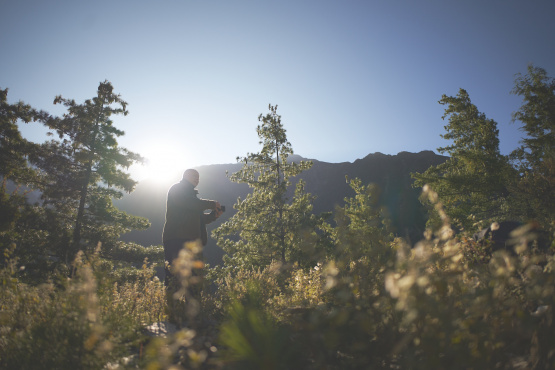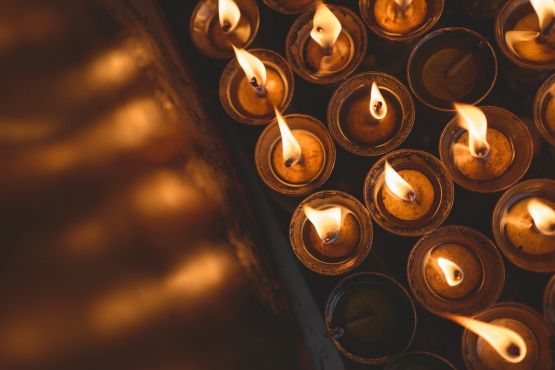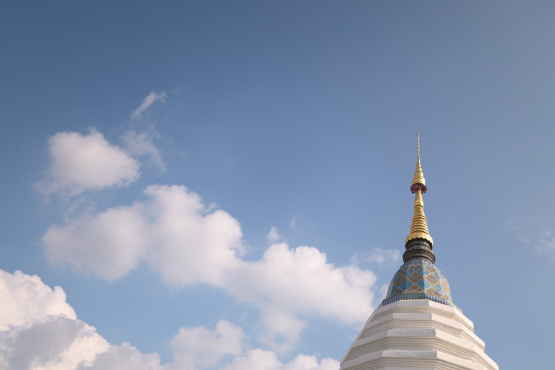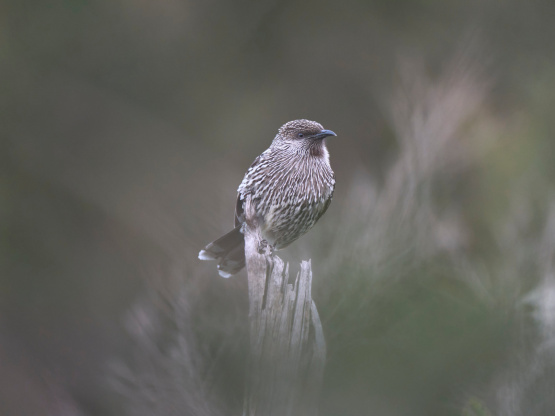Most of us have some kind of ideal in mind when we start investing our time in photography. We’re not just learning for the sake of learning, we’re setting out towards a particular source of inspiration. We are taking steps towards capturing an image that exists predominantly in our minds. How often do we end up at the destination we set out for?
Professional Vision
The “Image Gap" is not a challenge unique to novices. It happens to all of us. I’ve been lucky enough to do some work for one of Melbourne’s most loved icons, the Queen Victoria Market. When I first started on these projects I had a vision for where it would take me. There is 60 years of history at Queen Vic and some of that has been poignantly captured in black and white. My vision was to connect to that sense of nobility that comes from tradition, and emphasise the people who make the market what it is.
My vision and my photography diverged. Across the years I’ve shot at the market I’ve seen glimpses of my original inspiration, but have failed to pull that through the lens. The first few shoots were focused on a specific brief that took me in a more commercially relevant direction. But the more I spent time at the market the more I realised how much of my vision was present only in my mind. The lighting inside the deli hall is absolutely horrendous. The garbage alleys are full of plastic. Tourists fill the spaces I had imagined graced by local residents. Vendors yelling out prices of discounted lamb chops can be real dickheads. My ideal market and the real market were a little bit different.
Shooting the night market at Queen Vic was even more challenging. Smoke, light and crowds are the main currency for photography. If you haven’t been to the night market, in winter or summer, then you’re missing out on one of the most intense street food experiences in Melbourne. Something north of 30,000 people hit the sheds on a Wednesday night in a carnival atmosphere, queueing up for BBQ meats and ice teas while bands play at either end of the strip and street performers mingle in the crowds.
Last time I went to shoot at the market I was told they already had enough of the food and crowds, just shoot the general merchandise. My heart sank like a stone. Once again I was standing next to an image gap, between the pictures I want to capture and the ones I will get paid for.
Pre-Calculated Disappointment
When I first hit the night market I am overwhelmed by sights and sounds. There’s a lot going on and I have to try to pull the structure out of the chaos. Photography isn’t about capturing everything, it’s about selectively isolating what matters and creating structure within the composition. It’s not good enough to just have a fire show performer amongst the crowd, you need to make him the hero of the shot and engage with his eyes and find the right moment when the flames are pronounced and also pull through enough context of the shed, the smoke, the neon lights and anything else that embellishes the moment.
That’s just one element in a very big event. The mental gymnastics that go into imagining a photo of a fire show are repeated for each and every possible scene that rolls across my eyeballs. It’s a computationally intensive task, walking through the crowd and building compositions in my head as I try to decide where I will direct the camera lens.
In the space of three hours my brain is besieged with images that will never exist. I am drowning in possible moments, potential captures and imagined images. It is little wonder that the next morning, as I review my RAW frames from the night before, that I am filled with a sense of disappointment. What I find in the camera roll never quite compares to what I collected with my minds eye.
This process of review is critically important though. Stepping through what you missed from a shoot is how you build new skills that enable you to fill in the gaps. The next time you go back you can put targeted effort into capturing what you missed last time.
Another Perspective
Sometimes we fail to capture the images we want because we simply lack the skills. I hinted earlier that the modern Queen Vic market is not quite what I hoped it would be. The reality of the market didn’t quite match my romantic ideal. I spent my younger years living in Carlton and would walk to the market every weekend. I’d take a $20 note and come home with as much meat and veg as I could fit into my bag, usually enough to last the week and share with my housemates. While I can’t feed myself for a week on $20 anymore, everything else about shopping at the market is pretty much the same. It’s still full of great produce, some big smiles and lots of great value.
When I did my shoots in the deli hall and produce sheds I focused on what was right in front of me. I captured the market as I saw it today. So much of my work is based on this mode of shooting, where I walk blindly into a location and try to pull out the character it offers. Someone else however saw it differently.
A series of portraits of the stall holders started turning up around Melbourne, and they were beautiful. They were really really beautiful. They were a simple enough concept, to pull a vendor across a grey backdrop and have them hold a bunch of produce. But it was done really really well. The photographer managed to get them smiling in just the right way, managed to style the produce to look artful without being silly, and nailed the lighting and processing. What they did was to take some essential elements of the market away from the terrible light, away from the chaos and create a very specific vision.
Once I saw those images I realised the gap between what I had achieved at the market, and what I wanted to achieve. C’est la vie.
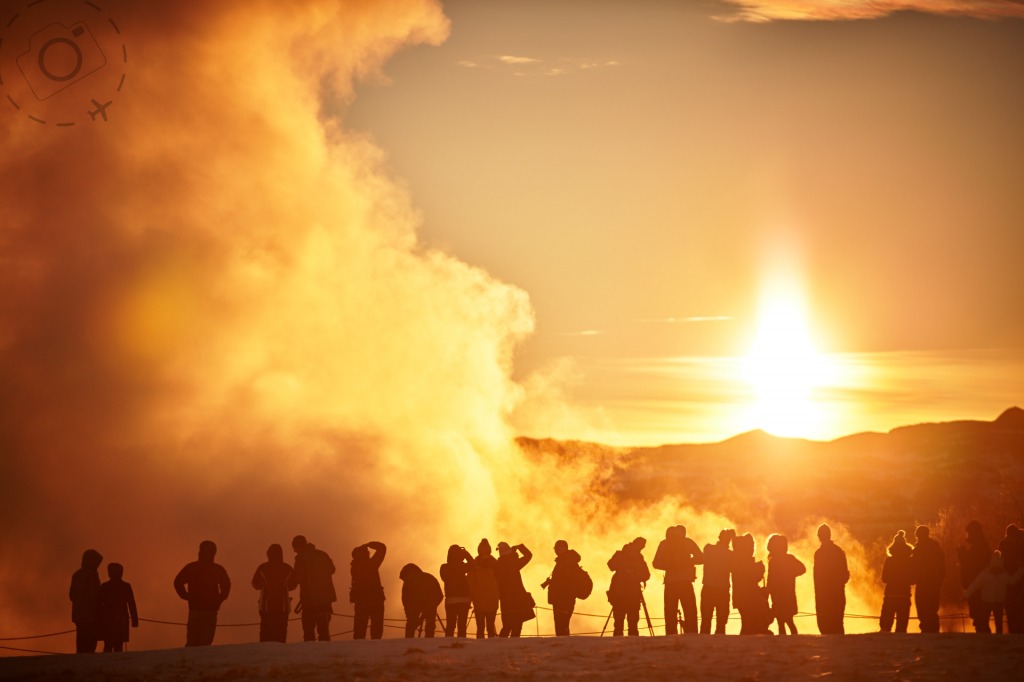
Mind The Gap
How often do we look at someone else’s photography and decide that ours is falling short of where we want to be. There’s a fine line between inspiration and demoralisation. It happens at the highest professional level, and it happens when you’re starting out and simple struggling to learn the basic skills. It’s that feeling when you think you're doing it wrong, that there's a shortcut to get where you wanna be but you missed it. That feeling of maybe I'll never find the path to get the shot you want. It’s possible to fall into this gap and never get out again.
Self doubt is a powerful attribute to find you forward. It's a gift. But it can also be immobilizing if not managed. This is why we take classes, attend workshops and invest time in learning skills. We take small steps forward to gain practical skills that enable our personal creative goals. A good workshop will practice the art of succeeding. A bad one will practice still more failure. Know the difference.
One of the most important objectives I have when running a workshop is to make sure that everyone who joins me will go home with a set of images they are really happy with. There’s usually a moment during any trip when someone nails a particular shot for the very first time. I love that look on their face, that unrestrained joy as they hold in their hands the proof of their new understanding. They’ll show me the back of the camera and roll through the frames, explaining in detail what was previously a mystery. It’s quite wonderful. Seeing people filled with happiness in such moments is a treasure that money alone cannot buy.
What’s important here is learning a skill or technique that is achievable, something they can take home and repeat and have a lasting impact on their photography.
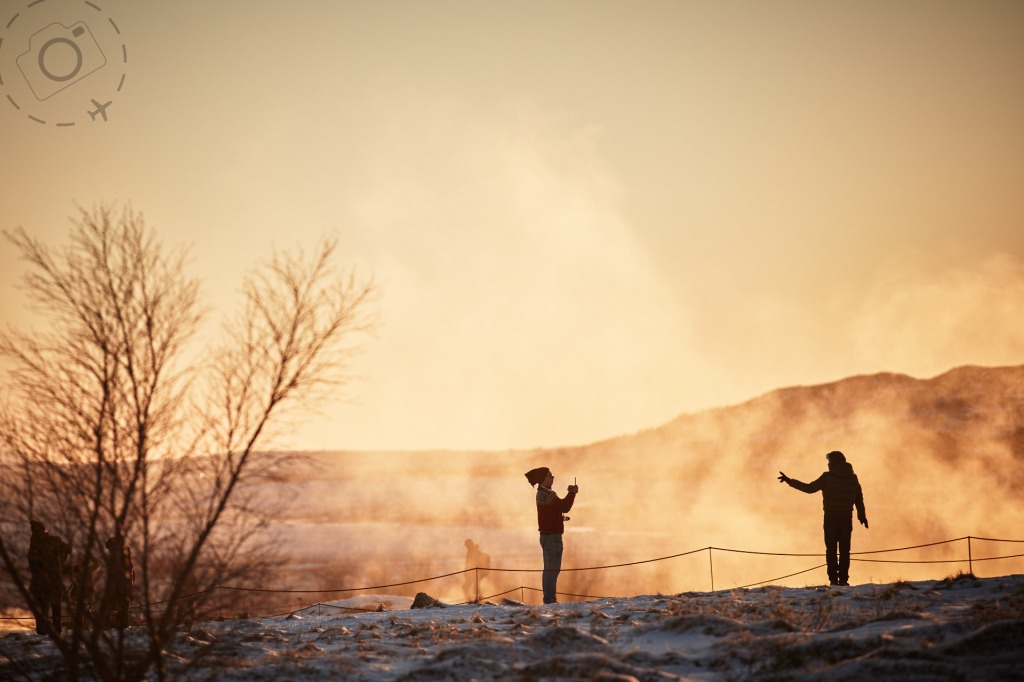
Social Gap
Sometimes we fail to capture the images we want because the image doesn’t really exist. And yes, I’m looking at you Zuckerberg.
Instagram is to photography what the Kardashians are to television. They call it reality TV, but it’s not reality like any of us have lived through or ever will. To call it “reality” is Orwellian double-speak and hence crosses the line between artistic expression and totalitarian regimes. The same goes for those hyper-fabulous Instagram accounts that create an impression of lifestyles and scenes that don’t really exist either. They present such a skewed vision of our world that they ultimately fail to hold any true meaning.
And that’s a crime against art. Photography is all about expression but it still holds that there must be some level of authenticity to make it valuable. If it’s just a series of concocted scenes that never actually existed, then it’s something else. It’s not photography. So please don’t call it photography.
Most people immersed in the Kardashian extreme of Instagram don’t actually call themselves photographers, they use the term “content creator”. That’s your first clue. Some do call themselves photographers because a camera was involved in the content creation, but in truth they are no closer to being a photographer than their grams are instant. The gap between reality and Instagram has never been wider.
There is a genuine pitfall here for anyone wanting to fill themselves with inspiration and pursue photography. The more you roll through the unreality of ‘content creators’ the more you risk falling into the gap yourself. Knowing where the line exists between visual artist and photographer is critical if you want to chart a course for your own development. If you keep wondering why your shots never look like theirs, it might not be because you’re shit at photography. It could be that you’re being fooled into where people draw the line, and who is really a ‘content creator’.
Some of my favourite Instagram accounts are clearly fantasy. They make no attempt to deny it, and they offer a purely imaginary world. Some do it really well and some are just tacky. But what happens when the unreality is more subtle, when the manipulation of the image is made to look genuine but it’s not. You don’t always know when a moment is real or when it’s photoshopped. I can easily discard pictures of unicorns dancing across a full moon, but it’s a lot harder to filter out the fake lifestyles and content creators who are presenting a world that doesn’t truly exist.

Get Real
What’s the harm I hear you ask? The harm is creating an expectation in your mind that you can never live up to. That gap between what you want to capture and what you can capture. It’s not a trivial problem. And it’s not limited to you. The more our society slips into a world that doesn’t exist the less happy we all are with the world that does exist.
When I started in photography my aim was to share what it is beautiful in this world. That has not changed for me in 30 years. The focus on unreality across social media is essentially saying, “The real world isn’t good enough for me, so let’s make a fake one.” But the real world IS good enough for me. It is filled with amazing things, amazing people and beauty. And that’s what I want to celebrate with my photography.
It’s hard enough to bridge that gap between the image you want to capture and the image you can capture, and it only gets harder if your idea of what makes a great image exists only in a fake world.

Keep Reading
Join Ewen's newsletter for monthly updates on new photography articles and tour offers...Subscribe Here

